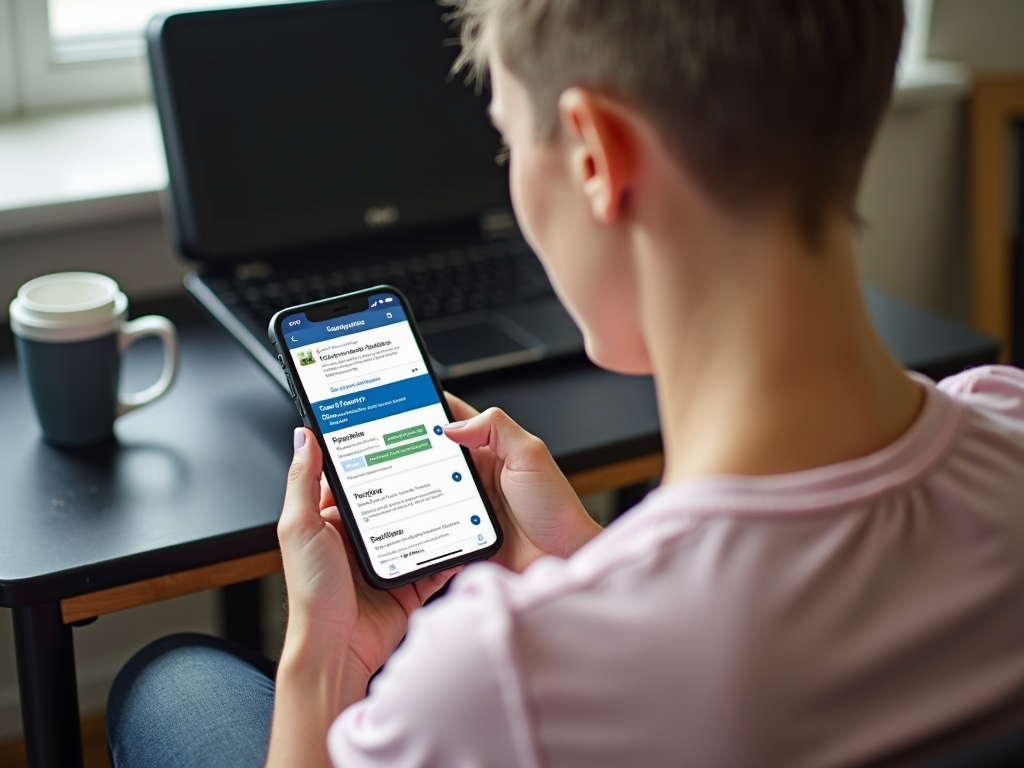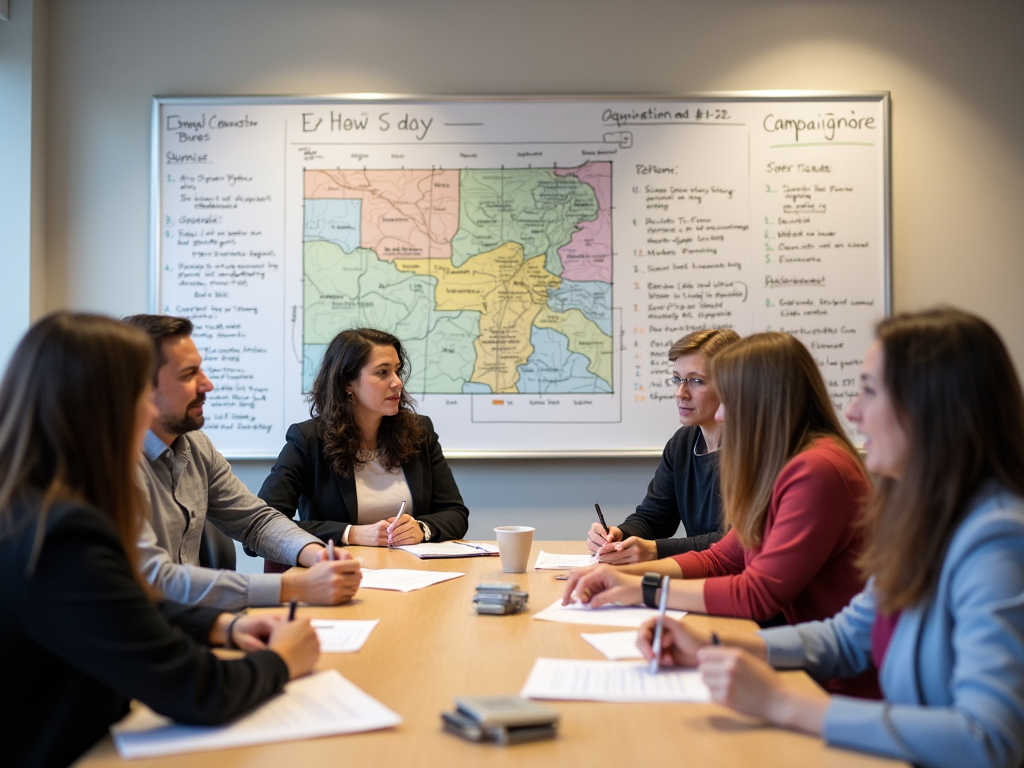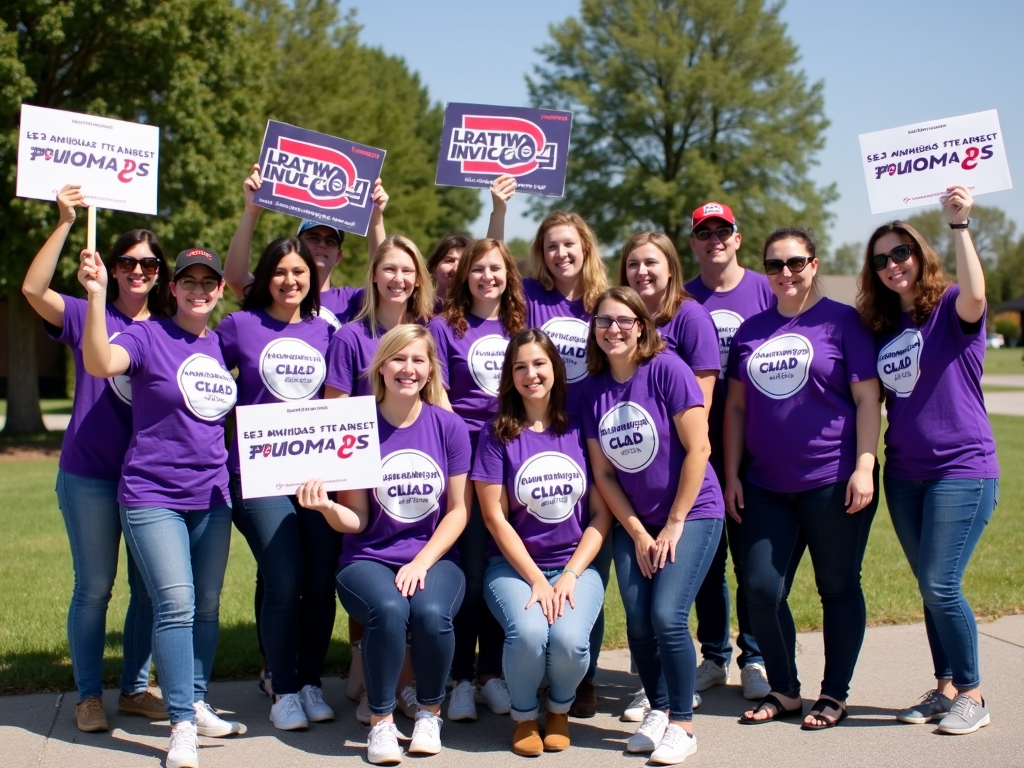Understanding Volunteer Dynamics in Campaigns
By , March 8, 2025
Volunteers are the backbone of successful advocacy campaigns. Understanding how to effectively manage and engage them is key to reaching your goals. This article dives into the dynamics of volunteer management, offering practical tips and real insights to build a strong team.
Why Volunteers Matter in Advocacy Campaigns
Volunteers bring passion and energy to advocacy efforts. They help spread your message, connect with communities, and get things done. Without them, many campaigns would lack the manpower to succeed. Their enthusiasm can turn a small idea into a big movement.
I once joined a local campaign to clean up our parks. The volunteers didn’t just pick up trash—they inspired others to care. That’s the power of a committed team.

How to Recruit Volunteers
Finding the right volunteers starts with a clear plan. You need people who believe in your cause and are ready to help. Here’s how to get started:
- Share what volunteers will do and why it matters.
- Post on social media or local boards to reach more people.
- Team up with schools or clubs to find eager helpers.
- Offer small perks like free snacks or a thank-you event.
Clarity and outreach are key to building your team.

Managing Your Volunteer Team
Once you have volunteers, keep them happy and active. Good management makes all the difference. Try these tips:
- Give clear directions so everyone knows their job.
- Teach them skills they need to do well.
- Build a friendly team vibe with regular check-ins.
- Say thanks often—little gestures go a long way.
In a campaign I helped with, we gave out ‘Volunteer of the Month’ awards. It kept everyone excited and involved.

Facing Volunteer Challenges
Not everything goes smoothly. Volunteers might quit, show up late, or disagree with each other. Here’s how to handle common problems:
| Challenge | Solution |
|---|---|
| People leaving | Set clear goals from day one |
| Unreliable helpers | Check in often and offer support |
| Team arguments | Listen and solve issues fairly |
| Busy schedules | Be flexible with timing |
Flexibility and communication can fix most issues.

Keeping Volunteers Engaged
Engaged volunteers stick around longer. Make them feel part of something big. Here’s how:
- Let them learn new skills, like public speaking.
- Ask for their ideas on campaign plans.
- Tell them how they’re making a difference.
- Celebrate wins together, big or small.
In a voter drive I worked on, we let volunteers suggest slogans. They loved seeing their words on signs!

Using Technology to Help
Technology makes managing volunteers easier. It saves time and keeps everyone connected. Consider these tools:
- Apps to schedule shifts and track tasks.
- Online chats for quick team updates.
- Social media to share news and wins.
- Video calls for training faraway volunteers.
A campaign I saw used an app to assign jobs. It cut confusion and kept us on track.

Measuring Your Volunteers’ Impact
How do you know your volunteer team is working? Look at the numbers and feedback. Track these:
- How many volunteers you get.
- Hours they put in.
- Jobs they finish.
- What they and others say about the experience.
This shows what’s working and what needs a tweak.

How to Start an Advocacy Campaign with Volunteers
Starting a campaign? Volunteers are your first step. Pick a cause, set goals, and rally your team. Share your vision clearly, and give them tools to succeed. With the right people, your advocacy can change the world.

Wrapping Up
Understanding volunteer dynamics in campaigns is about more than just getting help—it’s about building a team that believes in your cause. Recruit wisely, manage with care, and use smart tools. Most importantly, show your volunteers they matter. Their energy drives advocacy forward.
